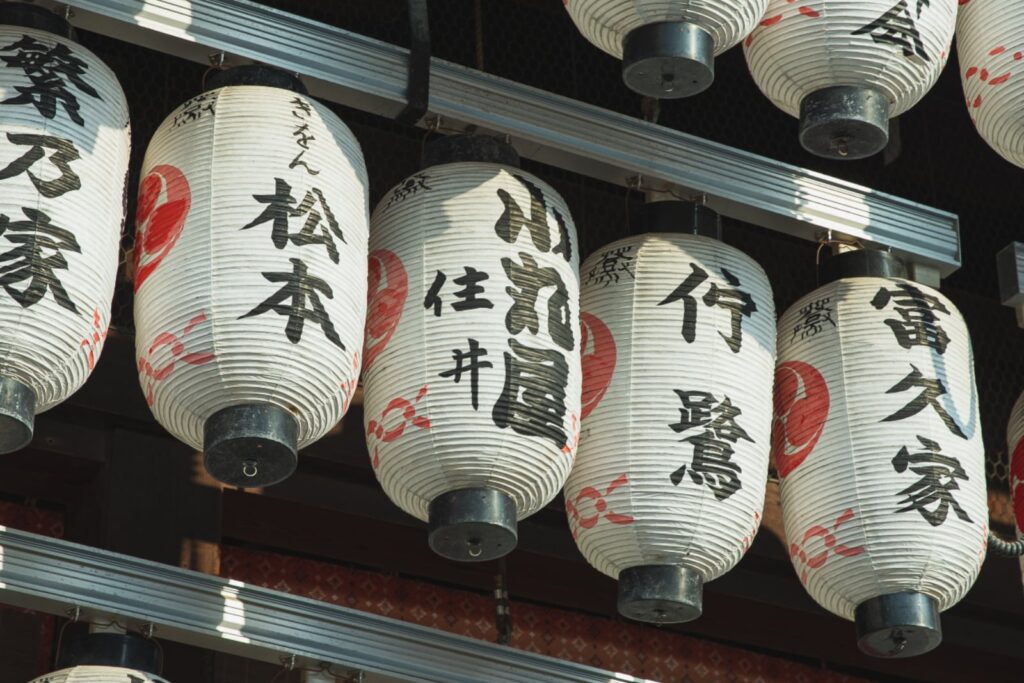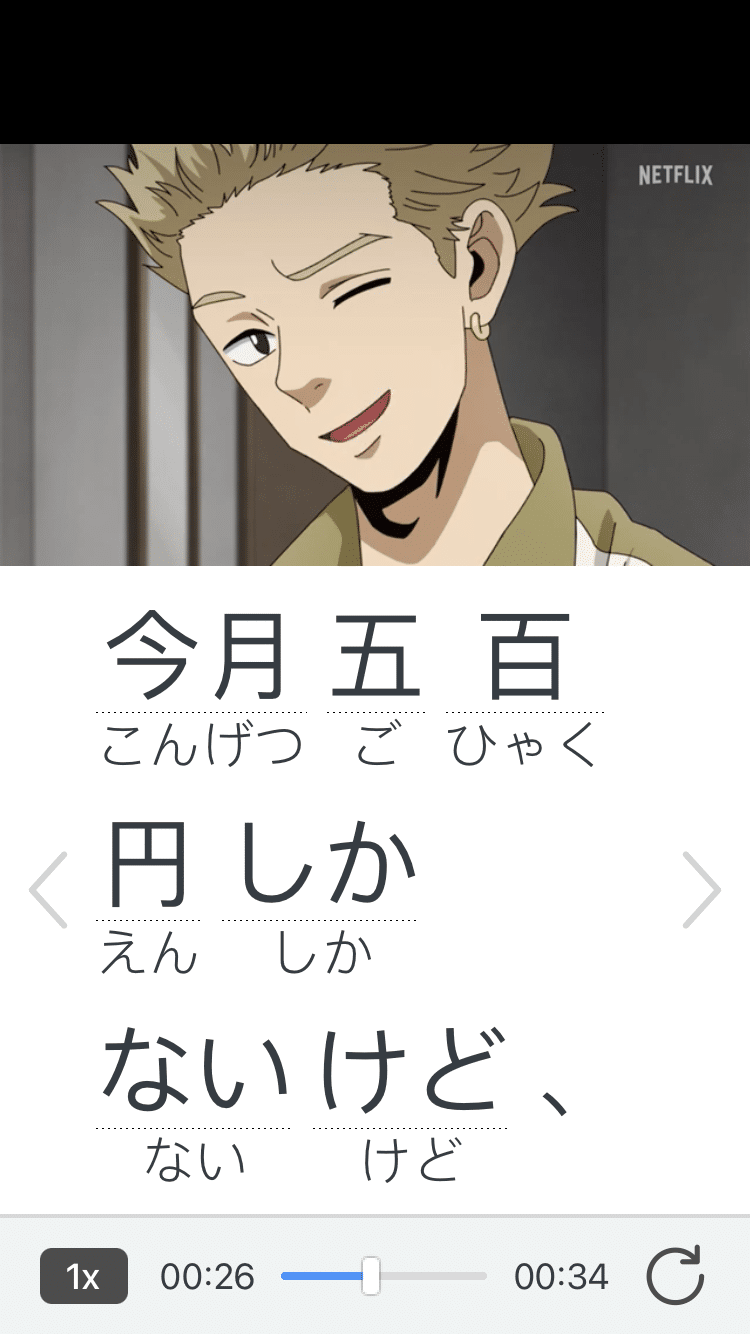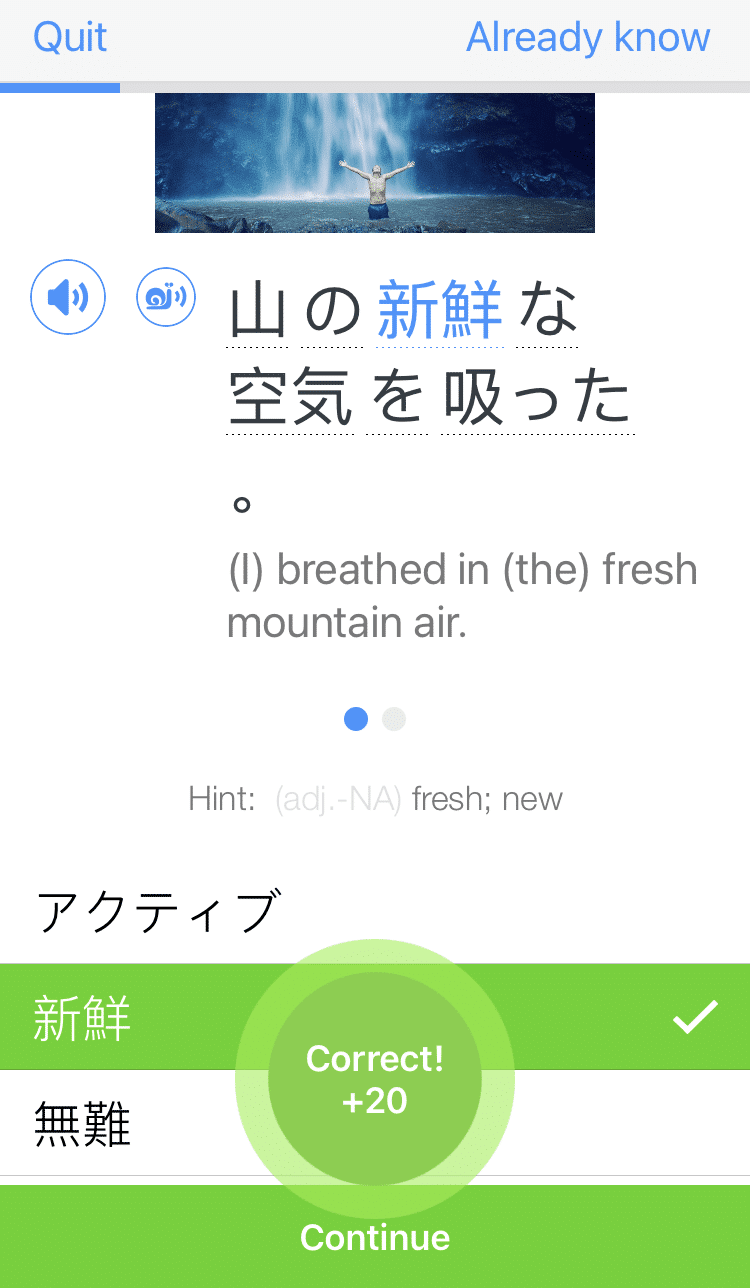8 of the Hardest Kanji in Japanese and What They Mean

When you’ve just started learning kanji, they pretty much all look complicated. Then you’ll find that some kanji are simple and friendly enough, while others look much more difficult.
How can you decipher those extra complex kanji, no less learn them and reproduce them from memory alone?
Let’s go over some of the hardest kanji, with information on their stroke count, and what exactly they all mean.
Download: This blog post is available as a convenient and portable PDF that you can take anywhere. Click here to get a copy. (Download)
1. 挨拶 (あいさつ)
Stroke Count: 19
Definition: Greeting
This is a word you’ll hear often in Japan at school and work. Considering its prevalence in day-to-day conversation, you’d be surprised at how many people don’t know how to write the kanji for it.
What makes this kanji so complicated is the uncommonness of the individual kanji characters. The characters 挨 and 拶 are almost exclusively paired with each other, meaning that there’s no other kanji pairing (or at least not to my, nor the Internet’s, knowledge) that includes either of the characters in 挨拶. These characters were clearly meant for each other, but that just makes it all the more difficult for us to memorize them.
2. 醤油 (しょうゆ)
Stroke Count: 25
Definition: Soy sauce
Despite soy sauce being an indispensable condiment in Japanese cuisine, writing the word in kanji is not as easy as it may seem. This kanji, along with many others that are difficult and unknown to many Japanese speakers, has another pair of kanji that’s sometimes used instead.
The simplified version of 醤油 is 正油 (しょうゆ).
Although the traditional form 醤油 is much more frequently used, you might see the simplified 正油 on menus at ramen restaurants for the 正油ラーメン (しょうゆ らーめん). With that said, it isn’t really recommended that you use this simplified form in place of the more complicated, original form.
Though not necessarily incorrect, simplified forms of kanji are usually limited to note-taking and other unofficial pieces of writing for personal use. So, when in doubt, a better alternative would be to write the word in hiragana, or in a mix of hiragana and kanji, しょう油.
3. 贅沢 (ぜいたく)
Stroke Count: 25
Definition: Luxurious, expensive, spoiled
Much like 挨拶 and 醤油, this all-too-common bit of Japanese vocabulary is also one that everyone can read, but most cannot write. Perhaps it’s this omnipresence that gives people the false illusion of being able to write the kanji when, in reality, they can’t.
Also like 醤油, of which the second character, 油 (ゆ、あぶら – oil), is easily written, the second character, 沢 (たく、さわ – marsh), in 贅沢 is also a kanji which most people can write.
Open a Japanese novel, magazine or newspaper and you’re bound to see this word repeatedly. Yet still, the complete kanji for this phrase seems to elude many.
4. 鬱 (うつ)
Stroke Count: 29
Definition: Depression
鬱 (うつ) is the epitome of complicated kanji. When the Japanese compete with their friends on who can write the most difficult kanji, this one will definitely be one of the first they’ll ask their friends to write.
The word is used pervasively, especially next to the character 憂 (ゆう、うれ(える)、うれ(い)、う(い)) in the word 憂鬱 (ゆううつ), meaning sad, gloomy or melancholic. When handwritten, as well as when typed, it’s often written in hiragana. With 29 strokes in just one character, not only is it difficult to memorize but it’s quite a feat trying to write it beautifully and well-balanced.
Due to its common usage, it’s a highly recommended kanji to learn how to read, even if learning how to write it is too difficult.
5. 薔薇 (ばら、しょうび、そうび)
Stroke Count: 32
Definition: Rose
Like 鬱 (うつ), 薔薇 is another notoriously difficult kanji that’s very commonly used and most people can read. But just like with 鬱 (うつ), most people only know the gist of what the kanji looks like and cannot replicate it on their own.
The characters themselves have a curious composition, especially the first character 薔 (しょく、しょう、そう、みずたで) meaning persicaria hydropiper (water pepper). This character has all the components of the top half sitting on top of 回 ( かい、え、まわ(る) – turn) which is quite unusual for a kanji.
Not to say the second character is at all easier—薇 (び、ぜんまい、のえんどう) meaning flowering fern, contains one stroke underneath 山(やま、さん – mountain), which is pretty much hidden and thus very easy to leave out. Though often written in kanji or katakana, you’ll also see it frequently written in hiragana, making whatever form you decide to use solely up to your personal preference.
6. 檸檬 (れもん)
Stroke Count: 35
Definition: Lemon
Almost always written in its katakana form レモン, this bad boy has 35 strokes and, when written in small print, the details of the strokes become very convoluted and hard to make out.
You may see this kanji form being used on labels for relatively posh products that utilize the rather unusual kanji to convey a certain aesthetic to whatever is being sold or branded.
In fact, using the kanji 檸檬 instead of simply writing レモン gives off a sense of regality and localness to the product because the word is written in kanji as opposed to katakana (which is essentially used for foreign, imported words, and therefore not “truly” Japanese).
7. 紅鶴 (べにづる、ふらみんご)
Stroke Count: 30
Definition: Flamingo
This isn’t so much a complicated kanji as a virtually unknown one. Always written in the katakana form フラミンゴ, the kanji form isn’t difficult in terms of the individual characters themselves.
紅 (べに、くれない、こう、く) meaning crimson and 鶴 (つる、かく) meaning crane, are both taught in elementary school and thus are pretty basic characters. But aside from the fact that no one knows that the kanji for “flamingo” exists, what makes this kanji so complicated is that it also places itself in the category of 当て字 (あてじ).
当て字 is what you would call any kanji whose pronunciation has virtually nothing to do with the traditional sounds of the characters themselves. In this case, the traditional pronunciation would be べにづる while the 当て字 pronunciation would be フラミンゴ. But because べにづる is not a word we would ever use to indicate a flamingo in modern Japanese, it can be assumed that the kanji 紅鶴 essentially reads フラミンゴ.
当て字 is usually used for words in the Japanese language that were imported from other languages and therefore are devoid of a kanji, and are instead written in katakana form. Although it can’t be said that all katakana words also have a kanji form, chances are there exist kanji equally elusive as the one we have just examined here.
8. 橄欖 (かんらん、おりーぶ)
Stroke Count: 42
Definition: Olive
Last but not least, here’s a kanji whose existence is unknown by most Japanese speakers out there, and is extremely difficult to memorize. Like our previous word, “olive” in the Japanese language is always written in the katakana form オリーブ.
Note that this kanji also has two different ways to read it: かんらん when staying true to the traditional sounds of each character, and オリーブ when reading the kanji as 当て字.
However, かんらん and オリーブ are not two disparate pronunciations for the same word. Rather, かんらん is a completely different plant altogether, a plant native to the tropics of the Burseraceae family. But somehow the kanji has come to be used for another word, which is frankly a bit confusing. Perhaps this is why no one knows that it can also read オリーブ.
Online Tools for Learning How to Read and Write Kanji
- KanjiDic2 — This dictionary site has a Japanese version and English version. In the Japanese version, you’ll just type in or copy and paste the character you’d like to look at in the box at the upper left hand corner of the top page. On the English version, look up words by meaning and pronunciation to find their kanji equivalent.
- Imiwa — A Japanese dictionary for iOS devices, this app gives you all the basic information you need about kanji and more. It even contains entries in German, French and Russian, so if you’re more comfortable learning in, say, French, this is a must-have!
- FluentU — FluentU is a language learning program that allows you to watch Japanese videos with interactive dual-language subtitles.
FluentU takes authentic videos—like music videos, movie trailers, news and inspiring talks—and turns them into personalized language learning lessons.
You can try FluentU for free for 2 weeks. Check out the website or download the iOS app or Android app.
P.S. Click here to take advantage of our current sale! (Expires at the end of this month.)

- 毎日漢字.com (まいにち かんじ.com) — A website that’s used by many Japanese speakers when preparing for the 日本漢字能力検定 (にほん かんじ のうりょく けんてい), or the Japan Kanji Aptitude Test. This is for the learners who want something seriously challenging. The entire website is in Japanese only, but you’ll find practice tests on writing (updated daily), reading, 四字熟語 (よじじゅくご, or four-character idioms), and other components of kanji.
Now that you’ve been introduced to some of the most complicated kanji in the Japanese language, hopefully everything else will begin to look a little less daunting.
Good luck, and happy learning!
Download: This blog post is available as a convenient and portable PDF that you can take anywhere. Click here to get a copy. (Download)
And One More Thing...
If you love learning Japanese with authentic materials, then I should also tell you more about FluentU.
FluentU naturally and gradually eases you into learning Japanese language and culture. You'll learn real Japanese as it's spoken in real life.
FluentU has a broad range of contemporary videos as you'll see below:

FluentU makes these native Japanese videos approachable through interactive transcripts. Tap on any word to look it up instantly.

All definitions have multiple examples, and they're written for Japanese learners like you. Tap to add words you'd like to review to a vocab list.

And FluentU has a learn mode which turns every video into a language learning lesson. You can always swipe left or right to see more examples.

The best part? FluentU keeps track of your vocabulary, and gives you extra practice with difficult words. It'll even remind you when it’s time to review what you’ve learned. You'll have a 100% personalized experience.
Start using the FluentU website on your computer or tablet or, better yet, download the FluentU app from the iTunes or Google Play store. Click here to take advantage of our current sale! (Expires at the end of this month.)








